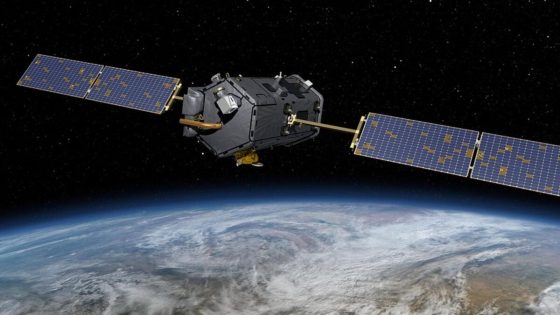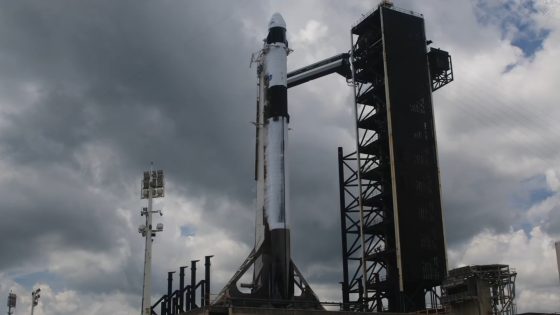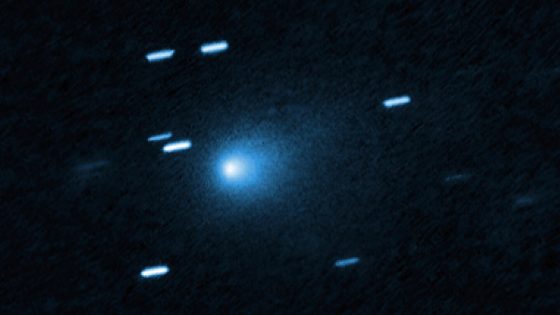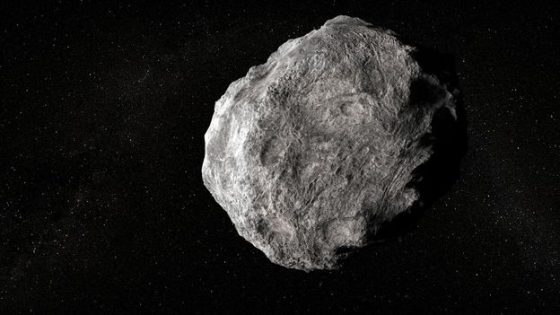The potential termination of NASA’s Orbiting Carbon Observatories (OCO-2 and OCO-3) poses a significant threat to climate science. As outlined in the Trump Administration’s budget proposal for Fiscal Year 2026, these missions have been vital for monitoring atmospheric carbon levels. On 2025-08-06 00:15:00, reports indicated that NASA scientists are already preparing for the possibility of decommissioning these essential satellites.
- Trump’s budget threatens NASA satellite missions
- OCO-2 and OCO-3 provide critical carbon data
- NASA scientists preparing termination plans
- Congressional funding extends through fiscal 2025
- OCO-2 measures plant growth via fluorescence
- Future of satellites uncertain without funding
The OCO satellites have provided invaluable data that aids climate scientists, farmers, and energy companies in understanding carbon emissions and their impact on our planet. If the budget passes, the complete destruction of OCO-2 during re-entry could hinder our ability to monitor climate change effectively.
This situation raises critical questions about the future of climate monitoring. How will scientists adapt if these missions are lost? The implications extend beyond just data collection; they affect policy and environmental management strategies. Consider these points:
- OCO-2 and OCO-3 have been instrumental in measuring carbon dioxide emissions.
- Data from these satellites support international climate agreements like the Paris Agreement.
- Loss of these missions could impede agricultural productivity assessments.
- Funding extensions could still save OCO-3, but uncertainty remains.
As we look to the future, it is crucial for stakeholders to advocate for the continued funding of these missions. The advancement of climate science depends on the tools we use to monitor our planet.































